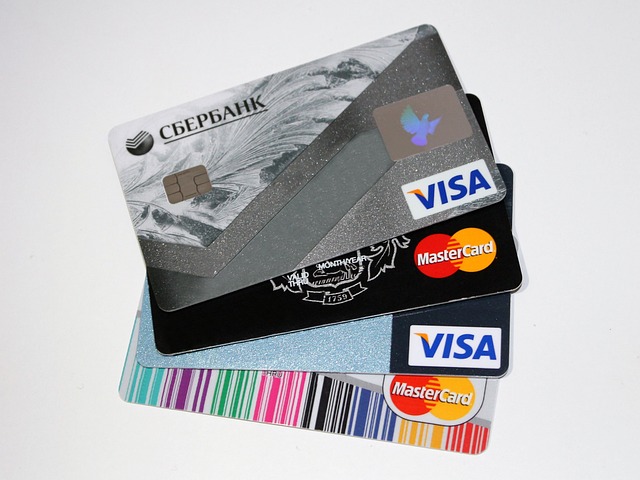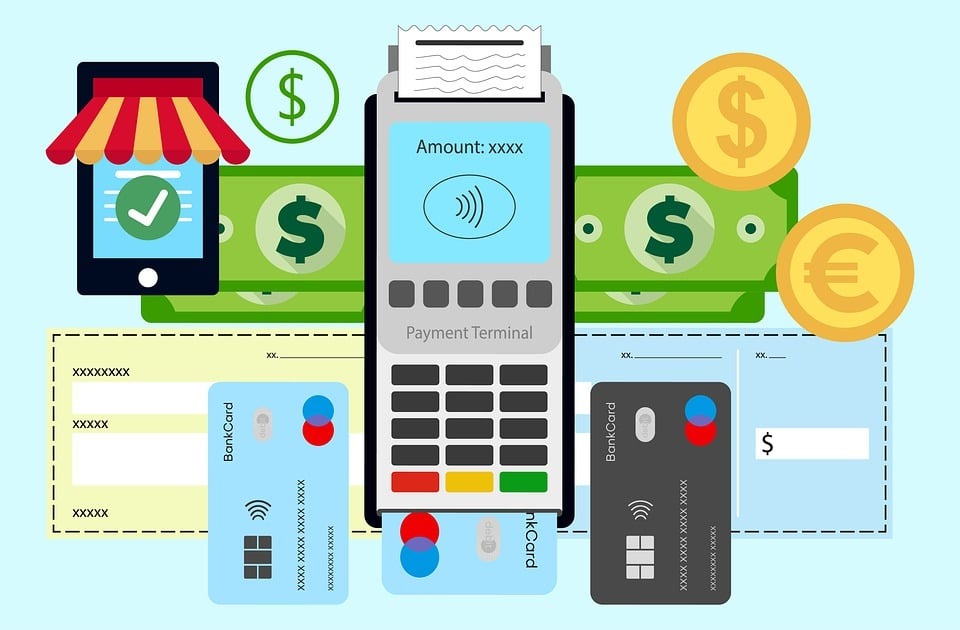Imagine waking up to find your bank account drained or an unfamiliar luxury purchase charged to your credit card. Credit card fraud is not just an inconvenience; it’s a growing epidemic that affects millions worldwide.
According to recent studies, global credit card fraud losses are projected to exceed $35 billion annually, with new scams emerging daily. As digital transactions become more prevalent, the risk of fraud escalates, making it crucial to stay informed and proactive.
In this article, we’ll explore the latest tactics fraudsters use, practical steps to protect yourself, and the emerging trends in credit card security. By the end, you’ll have the tools and knowledge to safeguard your finances and confidently navigate the digital age.

Understanding : A Modern Threat
What is Credit Card Fraud?
Credit card fraud occurs when someone uses your card information without authorization to make purchases or withdraw funds. Fraud can manifest in various forms, including stolen physical cards, compromised digital information, and elaborate phishing scams.
The Rise of Digital Scams
As contactless payments and online shopping become ubiquitous, fraudsters have evolved to exploit vulnerabilities. In 2024, the most common types of credit card fraud include:
- Phishing Scams: Fraudulent emails or messages designed to steal your personal information.
- Skimming Devices: Hidden gadgets that capture card data at ATMs or payment terminals.
- Data Breaches: Cyberattacks targeting companies to steal customer payment details.
- Carding: Fraudsters test stolen card details by making small purchases before larger fraudulent transactions.
Alarming Statistics
- One in five consumers globally has experienced credit card fraud in the past five years.
- Data breaches exposed over 22 billion records in 2023 alone, a trend expected to rise.
How to Protect Yourself from Credit Card Fraud in 2024
1. Monitor Your Accounts Regularly
The sooner you detect fraud, the quicker you can act to mitigate damage. Develop a habit of:
- Checking Statements: Review your credit card statements monthly for unauthorized charges.
- Using Alerts: Set up real-time notifications for transactions on your accounts.
2. Strengthen Digital Security
Cybercriminals often exploit weak digital defenses. Fortify your online presence by:
- Using Strong Passwords: Opt for unique, complex passwords for banking and shopping accounts.
- Enabling Multi-Factor Authentication (MFA): Adds an extra layer of security, requiring a code sent to your phone or email.
- Avoiding Public Wi-Fi: Use a Virtual Private Network (VPN) when accessing financial accounts.
3. Stay Vigilant Against Phishing Attempts
Phishing scams are becoming increasingly sophisticated. Protect yourself by:
- Verifying Senders: Double-check the sender’s email address before clicking links.
- Avoiding Suspicious Links: Never provide personal or card information via unsolicited emails or texts.
- Using Secure Websites: Look for HTTPS in the URL when shopping or entering card details.
4. Be Cautious with Physical Cards
Even in a digital world, physical card theft remains a threat. Protect your card by:
- Shredding Old Statements: Dispose of documents containing sensitive information securely.
- Shielding Your PIN: Cover the keypad when entering your PIN in public.
- Using RFID Wallets: Prevent unauthorized scanning of contactless cards.
5. Leverage Technology for Added Security
Financial institutions now offer advanced tools to enhance security:
- Virtual Credit Cards: Temporary card numbers for online transactions.
- Tokenization: Replaces card details with a unique identifier during transactions.
- Fraud Detection Apps: AI-powered apps that flag suspicious activity.
Also Read: – How to Leverage Credit Card Sign-Up Bonuses in 2024
Emerging Trends in Credit Card Security
Artificial Intelligence (AI) in Fraud Detection
AI systems analyze spending patterns and identify anomalies in real-time. These systems can:
- Automatically block suspicious transactions.
- Notify cardholders of unusual activity instantly.
Biometric Authentication
Biometric methods like fingerprint scanning, facial recognition, and voice verification are becoming mainstream, providing a secure alternative to traditional passwords.
Blockchain Technology
Blockchain’s decentralized structure offers enhanced security for payment systems. Companies are exploring its use to create fraud-resistant platforms.
Contactless Payment Security
With the rise of tap-and-go payments, innovations such as tokenization and encryption are bolstering security while maintaining convenience.
Unique Insights: Thinking Ahead to Outsmart Fraudsters
Proactive Education
Fraud prevention starts with awareness. Educate yourself and others about the latest scams and prevention strategies. Stay updated by subscribing to security alerts from trusted sources.
Collaborating with Financial Institutions
Banks and credit card companies invest heavily in fraud prevention. Take advantage of their resources:
- Fraud Protection Policies: Understand your bank’s liability policies.
- Customer Support: Don’t hesitate to report suspicious activity immediately.
Avoiding Over-Sharing
Be mindful of the information you share online. Fraudsters often use social media to gather details for scams. Review your privacy settings and limit personal information visible to the public.
Conclusion: Empower Yourself Against Fraud
Credit card fraud is a reality of our increasingly digital world, but with vigilance and the right tools, you can minimize your risk. By monitoring your accounts, embracing advanced security measures, and staying informed about emerging threats, you can protect your finances and peace of mind.
Remember, prevention is always better than cure. Start implementing these strategies today, and share this knowledge to help others stay secure. Together, we can create a safer financial landscape for 2024 and beyond.





